Today, every buyer who purchases a product in a store is faced with the acronym VAT - it is always indicated on the check. However, despite the great popularity of this tax, not many buyers understand what VAT is and who pays it. If you look in the directory, then there will be given a definition: "value added tax", but this does not reveal the essence. Therefore, let's try to parse this topic from A to Z.

So, we have defined what VAT is. Who pays it? First of all, enterprises that sell goods more expensive than the cost of the product. In this case, the tax will be calculated from the difference between the cost of goods sold and the price of its sale. In other words: sellers pay VAT from their profits. This is so in theory.
A bit of history
The abbreviation VAT appeared in the 20s of the XX century. It was then that instead of sales tax appeared VAT. In accordance with the new law, sellers were exempted from paying multiple and similar taxes, but in Russia it began to operate in 1992.
Today, the rate is 18% on most items of goods produced, however there are product categories where the VAT on goods is only 10%. This applies to medical and children's products, as well as parts of food. If products are exported abroad, then they are not taxed.
What is VAT and who pays it?
Given the above, we can draw the following conclusion. VAT on services and goods is paid by the manufacturer or company that provides the services. But in fact, the tax falls on the shoulders of ordinary buyers. Of course, VAT is calculated on the seller, and the buyer does not submit reports to the tax, but in fact he makes the payment. You can argue with this, because the seller legally pays the tax, but in fact you do this by buying products in stores.
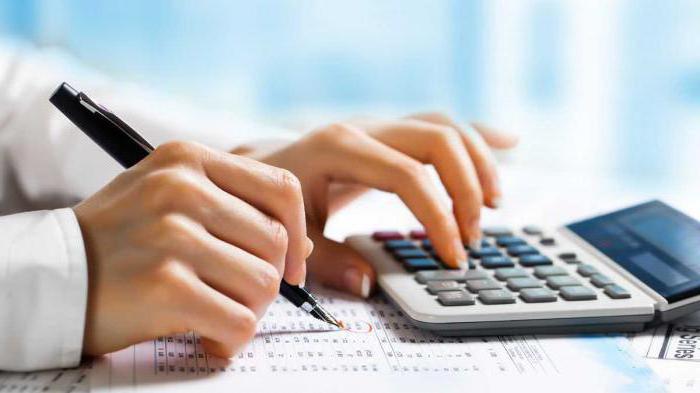
The procedure for calculating VAT
When one company orders raw materials from another for the production of a product, the first pays a certain amount of money. This amount is taxed.
Later, the question of what the cost of the manufactured goods will be solved. This cost is determined from many factors. One of them is the cost of production without VAT. The amount of tax at this stage is also calculated, however, it goes to a tax credit.
Then the final cost of the product is calculated, according to which it will be available in stores to the buyer. At this stage, the final price of the goods will be formed: the cost of materials + potential profit from sales + excise taxes, etc. With regard to the calculation of VAT, this tax also goes to the final cost. Manufacturers and sellers take it into account in the cost, but the buyer pays for it.

After the goods have been sold and the company received the money, the calculation of the amount of profit begins, from which the 18% of the tax that the buyers paid is deducted. This is roughly what the conditional VAT formula looks like. The final amount of all taxes on goods sold by a company is called a tax liability.
Calculation Example
For a more detailed understanding of what VAT is and who pays it, let us examine a simple example.
Imagine that you decided to sell winter shoes. The first step is to find a wholesale supplier. For example, you spent 100 thousand rubles on the purchase of goods, while buying 10 units of products. That is, one pair of boots cost 10 thousand rubles. In this case, the price of the purchased goods from the supplier already includes 18% tax. This tax was paid by the supplier and we at the time of purchase.This amount of 18%, which we overpaid for tax, in the future must be calculated as an input fee. When buying goods for further sale, we need to prove that with a bulk purchase we already paid VAT. As evidence for the tax, it is necessary to present an invoice, invoice or check, which will indicate that VAT on goods has already been paid.
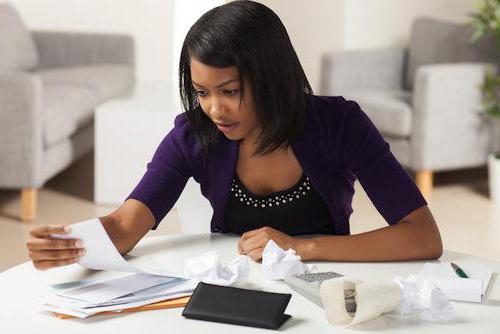
When forming the final price for sale in the store, we need to deduct the tax from the purchased products. From this price in the future and you need to calculate tax. At the final stage, when the final price will be formed taking into account potential profit, 18% of the tax, which will be assigned to the buyer, must be added to the amount received.
Formula
We denote the known amount by the letter K. We need to calculate from this the amount of VAT 18%. This means our VAT formula will look like:
VAT = K * 18/100
Provided that our money spent is equal to 100 thousand rubles, VAT will be equal to 18 000 rubles (this is 18%).
To calculate the amount with VAT to this result it is necessary to add the amount known to us - 100 000 rubles. This means that the amount with VAT will be equal to 118,000 rubles.
Calculation of the amount without VAT
Now that we know the amount with tax (Kn), we can calculate K without it. First, recall the formula for calculating the amount with VAT - from it you can get the formula for calculating the amount without VAT.
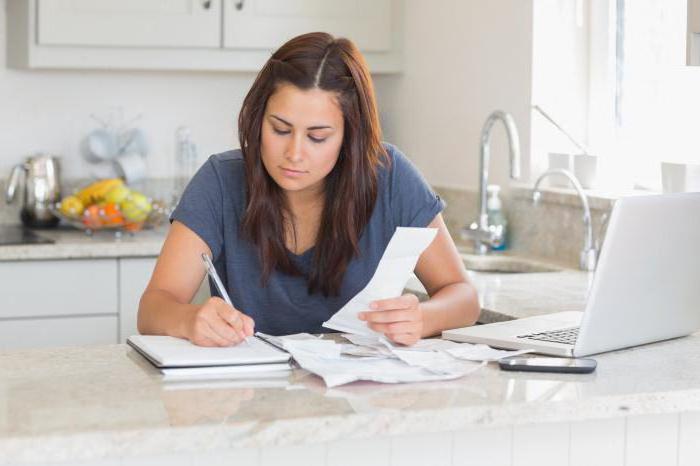
Kn = K + M * K, where M = 18/100
Another variant of the formula is also possible: Kn = K * (1 + M).
From this formula it is easy to subtract the value we need K. The formula will look like:
K = Kn / (1 + M) = Kn / (1 + 0.18) = Kn / 1.18
Now you know what VAT is and how to calculate it.
It is worth noting that working with formulas is very problematic, and to simplify the calculation, there are special calculators, including online. With their help, you can accurately calculate the tax by simply entering the originally known parameters. Here is approximately the procedure for calculating VAT.
Types of tax
There are 3 criteria according to which the procedure for calculating VAT is carried out:
- Zero rate. The tax is not levied on the sale of space goods, as well as on the export of any goods, during the transportation of oil and gas and the export of precious metals. There is a complete list of goods that fall under the zero VAT rate - they are described in article 164 of the Tax Code.
- 10% rate. It applies to the sale of food (vegetables, milk, meat, etc.). This also applies to children's products, medicine and scientific literature.
- VAT 18%. This is the most common tax, under which absolutely all goods that are not included in the first two categories fall.
Note that VAT is levied not only on direct sales of goods, but also on the import of any product into the territory of the Russian Federation. Works associated with the construction of buildings, in which a construction contract is not concluded, are also subject to this tax.
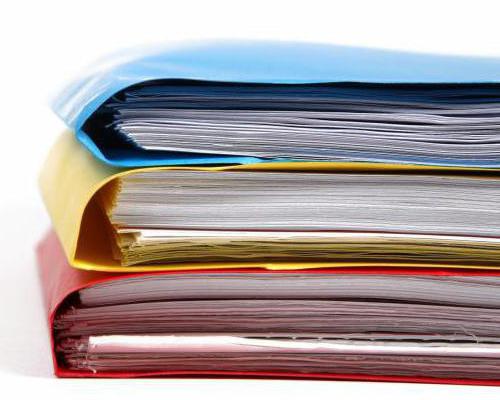
Processes that are not taxed
VAT on services is not always the case. For example, when rendering work to state enterprises that will be carried out within the scope of their responsibilities, tax is not levied. Also, it is not charged for investments, for providing funds to companies on a non-profit basis, and for the purchase and development of state enterprises.
Calculation
There are two options according to which VAT can be calculated:
- Subtraction. The entire amount of revenue is taxed, and the tax paid at the time of acquisition of the raw material is deducted from the amount received.
- Addition. When the amount of tax is the sum of the added values of each type of product sold.
Most often, the first method of calculating VAT is used because of its simplicity. The fact is that keeping a separate record for each type of product sold is quite difficult, although sometimes only this method is appropriate for some companies due to their work specifics.
Reporting
So, we have already figured out what VAT is and who pays it.Now you can talk about what kind of reporting you need to provide to the tax.
Reporting must be provided every quarter, and it is filled out in a special form. At the same time, reporting deadlines are tight - until the 25th of the next month. In case of delays, the company may face fines.
You can also send reporting by mail. But it must be borne in mind that in this case the reporting date will be the number that is stamped in the registered letter.
For example, if you sent a registered letter on the 20th, and it arrived on the tax on the 28th, then there will be no penalty, since the stamp will show the 20th.
Tax deductions
Tax deductions are the amount of payments that have been submitted for payment by the supplier and for which the amount of tax has already been charged. Here, too, there are rules that enterprises must follow. The amount of VAT can be deductible only if three conditions are met:
- Products that were purchased for sale were already subject to VAT.
- Received raw materials or products passed accounting.
- The company has all the primary documentation, and the invoice is issued in accordance with all the rules.
If these conditions are met by the company, then after the tax period the company can deduct the amount of VAT, but only if the products are already taxed with VAT.
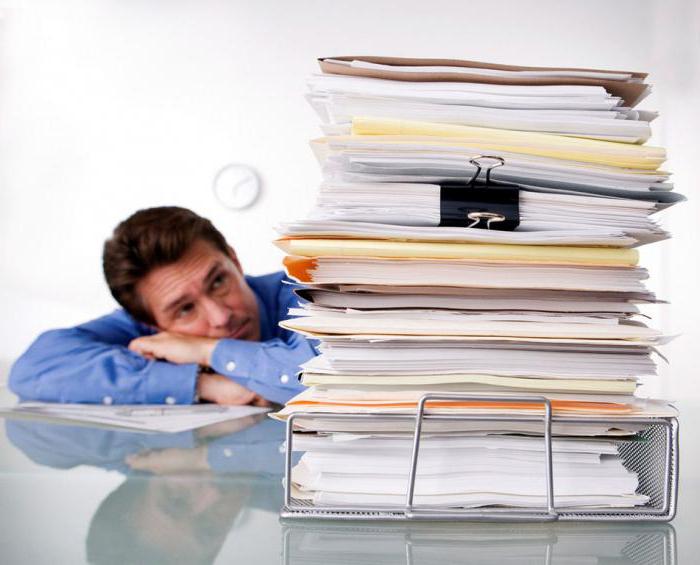
What is an invoice?
This document contains information on the price of goods without VAT and the total cost including VAT. This document must be provided by the supplier, and it must be filed with a special ledger and noted in the sales book.
The main difficulty in maintaining an invoice lies in the fact that the obligation to issue it is assigned to a greater extent to the counterparty with whom the taxpayer cooperates. And if he fills something incorrectly, then the inspector during the audit can cancel the deductions and additionally charge VAT. Therefore, a counterparty error can result in additional waste for the taxpayer. So, you need to require accurate filling out of documents from the supplier.
Conclusion
So, the main conclusions that need to be drawn from this article:
- The buyer pays VAT in practice, although in theory it is assumed that it rests with the seller.
- It is quite difficult to calculate VAT without specialized tools. Therefore, ideally, it is worth using calculators for the correct calculation of tax and maintain a VAT base. But the principle of calculation must be understood.
- Some services are not subject to VAT. Also, tax is not levied on exported goods.
- Depending on the products sold, the amount of tax may be different. For example, when selling drugs and food products, VAT is only 10%.
- Reporting is the most important stage of cooperation with the tax office. Reporting is required before the 25th day of the month. Otherwise, fines cannot be avoided. When sending a letter by mail, you don’t have to worry about the letter arriving in the tax office after the 25th day, since in this case the time of sending the registered letter on the stamp is taken into account.
- When collaborating with a counterparty that will supply you with products, require him to fill out an invoice in a timely and correct manner. If mistakes are made, the tax inspector has the right to charge additional VAT.
- All purchased raw materials for subsequent sale must be “driven” through accounting and issue the invoice correctly. So you can get a tax deduction.
Now it is more or less clear to us where this tax comes from, how it is compiled, and in general, who should pay VAT. Of course, everything is described here quite superficially and primitively, and the topic of value added tax itself is more extensive and complex, and it is now almost impossible to present all the nuances.
With the same success, we can say that the buyer pays all other expenses of the seller - the wages of employees, the profit of the capitalist, and the costs of raw materials, components, tools and equipment. But this is completely wrong. The buyer at all this is deeply purple. HE PAYS ONLY FOR THE GOODS - for his benefit to himself.